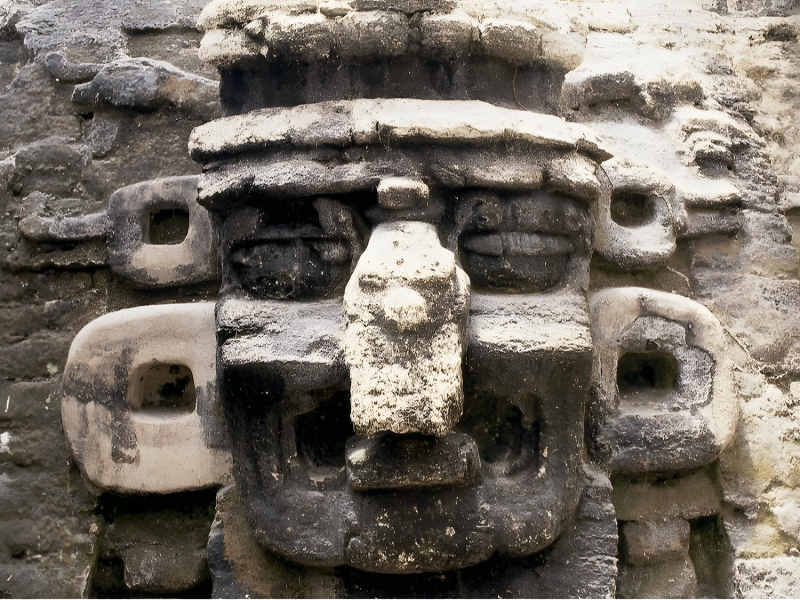
The Maya closely tracked the sun, moon, planets, and stars, with Venus holding particular significance. Venus’s appearance in the sky was associated with events like agriculture and warfare. The Maya integrated astronomy into rituals, believing celestial cycles governed their lives.
One of their greatest achievements was calculating the solar year with remarkable accuracy—approximately 365.2422 days. This enabled the creation of a reliable solar calendar, aligning agricultural activities with seasonal changes. Their ability to predict eclipses and other phenomena further highlights their advanced knowledge.
Astronomy’s importance is also evident in Maya architecture. Temples and pyramids were constructed with precise alignments to celestial events, such as solstices and equinoxes. For example, the Temple of Kukulcán at Chichen Itza creates the illusion of a serpent during the equinox, showcasing the Maya’s reverence for the cosmos.
Beyond practical applications, astronomy held deep spiritual meaning. The Maya believed celestial movements were manifestations of divine forces shaping their destinies. Rituals often aligned with astronomical events, emphasizing the connection between the heavens and the earth.
The Maya’s astronomical knowledge was both a scientific achievement and a reflection of their spiritual beliefs. By understanding the cosmos, they sought to navigate their lives and find meaning in the natural world, blending observation with cultural identity.
Exploring Maya astronomy reveals the profound ways the cosmos influenced their lives. Their extraordinary connection to the universe showcases a deep respect for the natural world and its rhythms.